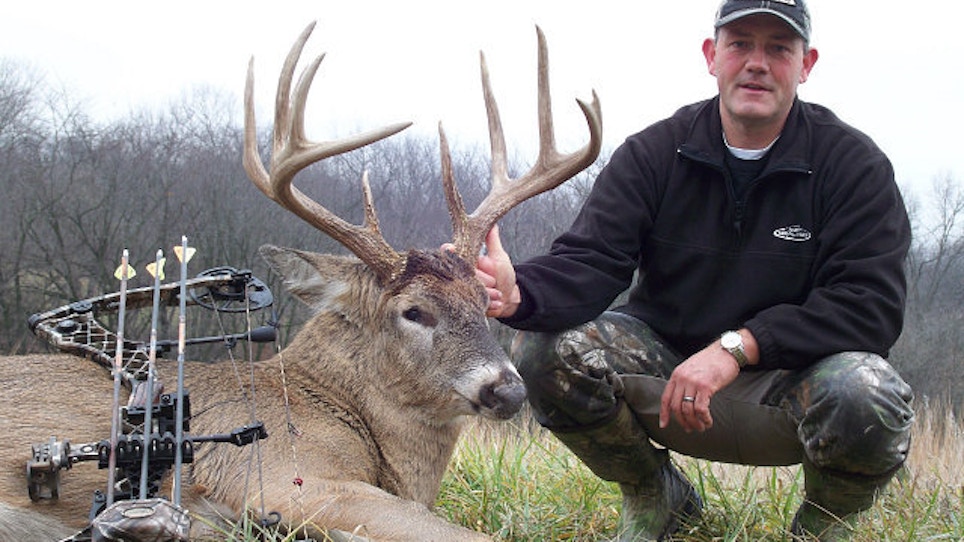It’s no secret that deer numbers across many states have plummeted in recent years. The subjuct is a major point of conversation and the deer hunting internet forums are lighting up with the topic. There are several factors involved.
High numbers of predators are partially to blame. Wolf and bear populations in Minnesota, Wisconsin and Michigan are taking their toll, particularly in the area of fawn recruitment. Low fur prices have kept trapping activity at a low level and in some states coyote populations are high.
But even more than predators, the low numbers are in part due to hemorrhagic disease outbreaks, which have played a role in reducing deer populations in some locals where the outbreaks have been severe. Harsh winters in some areas have been taking a toll.
Some of the reduction is intentional. Artificially high deer populations have influenced some state game departments to reduce the herds by increasing the doe harvest, which in some cases appears to have been too effective. In many areas, a lot of deer tags are now going unfilled due to low deer numbers. According to a recent report by the Quality Deer Management Association several states’ harvest levels have dropped by large percentages. In a study of trends from the last ten years of which data is available, between 2003 and 2013, the Midwest has been particularly hard hit by plummeting deer numbers. There were 18 percent fewer bucks taken from 2003 to 2013, and 20 percent fewer does.
"Wisconsin's buck harvest declined 26 percent during the last decade, Minnesota's dropped 27 percent, and Iowa's plummeted 43 percent," said QDMA officials. "These are big declines, and hunters are definitely taking notice.”
Yet, while overall harvest has declined, the number of mature bucks in relation to overall harvest has steadily increased. Several states have implemented restrictions to protect young bucks, and it has had a profound effect. Arkansas is a prime example. Since 1998, the state has restricted hunters to taking bucks of at least four points on one side. In the most recent season, only 8 percent of bucks taken were yearlings. Arkansas now ranks second nationally in the percentage of mature bucks bagged by hunters at 67%. This is also the trend in other states that are protecting young bucks.
Much of the protection of younger bucks is due to hunter attitudes. While the number of mature bucks continues to rise, the percentage of yearling bucks in the harvest reached a record-low of 36 percent
"This is a testament to how far we've come as hunters in the past decade," said Kip Adams, QDMA's Director of Education & Outreach, who compiles the annual Whitetail Report. "More hunters are choosing to protect yearling bucks, and they are being rewarded by seeing and killing more of them as mature animals."
Nationally, the decreasing percentage of yearling bucks in the harvest is profound. In 1989, 62% of the bucks killed by hunters in the US were 1.5 years old. In 2013, the number is 36%. Clearly, the reason hunters are shooting bigger, more mature bucks, is because they are letting the young ones walk.
This is obvious when viewed as a state-by-state comparison too. The five states with the lowest percentage of yearling bucks in the antlered buck harvest, according to QDMA's Whitetail Report, are also the top-five states in percentage of mature bucks: Louisiana, Arkansas, Oklahoma, Texas and Kansas.
The landscape of whitetail deer hunting is changing. Some of the changes are dramatic and alarming, and some are good news for hunters. QDMA’s 68-page annual report details these changes along with a number of additional trends in deer hunting and population factors. It can be accessed for free online at http://www.qdma.com/corporate/whitetail-report.






